Max Littman, LCSW
May 25, 2025
As therapists, we don’t talk enough about our professional mistakes.
I’m not talking about the dramatic ones that result in lawsuits or licensing boards. Those get plenty of airtime. I mean the subtle, very human, often well-intentioned moments when we miss, misjudge, or overstep in ways that impact our clients. These are moments where our own parts get a little too involved. Where a protector takes the reins, or we offer something from a helping part that backfires.
In these moments, Self energy can offer repair if our parts can allow it back into the driver’s seat.
Below are a few moments from my clinical work where things didn’t go as planned, along with how repair was attempted. These moments are based in reality, but details are changed to protect confidentiality. These accounts aren’t intended to be confessional or self-flagellating. They’re offered in the spirit of transparency, accountability, and the belief that Self-led practice isn’t about never messing up. They’re also offered in contrast to the polished examples often highlighted in IFS trainings and educational materials, where the messy, inconvenient, therapist parts-activating, and tense moments are often smoothed over or omitted entirely. This can leave our parts feeling confused, panicked, alone, or inadequate when those moments inevitably arise and can fuel perfectionistic or avoidant parts that believe we’re doing it wrong.
The Gay Couple on TV That Wasn’t So Universal
I was working with an elder gay client, a deeply thoughtful man who had lived through decades of loss, marginalization, and complex survival. We’d developed a strong rapport, and during one session, I found myself wanting to offer something tender, hopeful. One of my helper parts—earnest, media-savvy, always wanting to connect—suggested a particular episode of The Last of Us that depicted a tender, slow-burning love story between two middle-aged gay men surviving a post-apocalyptic world.
I shared it lightly, with some emotion, thinking it might feel affirming.
Instead, it landed like a slap.
My client came into the session following my recommendation, eyes narrow, body stiff. He said flatly, “You don’t know what that kind of spiral that episode put me in. What horrors it unleashed”.
It took me a moment to realize what had happened. The part of me that offered the suggestion genuinely thought it would feel nourishing. But I hadn’t accounted for the differences in generational trauma, in lived experience, in how stories of sanitized queerness might feel alien, or even insulting, to someone who had lived through the AIDS crisis, lost most of his chosen family, and never got the luxury of a peaceful, isolated love story with garden-grown strawberries.
After a long pause, I owned that I’d missed. I named the part in me that had offered it, not as an excuse, but as context. I asked if he’d be willing to tell me more about what the story stirred, or erased, for him. His body and voice eased the more I listened and he felt heard. He light heartedly and playfully shared later, “no more show recommendations”.
When It Was Too Much, Too Soon
A queer client in their thirties had been doing thoughtful, steady work in our first few sessions. During a fourth session, they shared a memory of being left alone during a panic attack in college. Their voice grew quiet, and a vulnerable part seemed near the surface. I gently invited them to stay with what was coming up.
What I didn’t do was check with their protectors.
They got quiet, then said they felt weird, like something in them had gone too far, too fast. I offered grounding, but the disconnection had already started. When they returned the following week, they told me it had been one of the most difficult weeks of their life. They’d felt unmoored, anxious, and exposed. They said they needed to stop therapy.
A part of me wanted to explain, to repair, to help them stay. But I knew I hadn’t earned the trust of the protectors I bypassed. Their system made a wise choice to prioritize safety. Even now, I carry a quiet respect for that decision, and for the parts of me that held guilt for my missteps.
Movement Gone Wrong
In another session, I was with a client who struggled with chronic shame and a highly active inner critic. We had been doing beautiful, gentle work. A creative part of me, excited by my growing integration of somatic practices, suggested we try a short, guided movement-based meditation to help a part stuck in rigid thinking loosen a bit.
The client agreed.
In a later session, the client admitted that during the meditation he felt waves of embarrassment, humiliation, and a suddenly very loud chorus of inner and outer critics. The very exile we were trying to soothe had been shoved into the spotlight and left feeling exposed and mocked. And his protectors felt betrayed by me.
I apologized. I named that it was a well-meaning part of me that led the invitation but that I hadn’t checked with all his parts, or mine, before doing it. We slowed way down. I asked if the part that felt stupid and any of its protectors would be willing to share more. We witnessed those parts’ memories of feeling shamed for being seen at all. His parts gave me the grace to repair.
When My Good Session Wasn’t Hers
I ended one session feeling lit up: grounded, open-hearted, and deeply connected. The client, a cis heterosexual woman in her forties, had stayed present with multiple protectors, and we reached a moment of profound witnessing with a young exile. I could feel how much Self energy was present in me, her, and between us. A part of me was genuinely thrilled; not performative, not inflated, just deeply grateful for and proud of the work that had unfolded. This parts energy was expressed through my body language, tone of voice, and spoken content in the session’s closing.
When my client returned the next week, something had shifted. She was polite but guarded. I gently asked how she’d been since our last session.
She paused, then said, “Honestly? A part of me felt like an object. Like I was being worked on.” Her words were quiet but firm. She said something in the way I’d wrapped up—warm, reflective, naming how powerful the session had felt—had landed as clinical, even a little self-congratulatory. “It felt like you were proud of the work, but not really with me in it.”
A part of me sank. Another wanted to explain. But instead, I thanked her. I slowed my breathing and the pace of our interactions. We got to know the part of her that had so often been seen as a project in other people’s healing journeys. And I turned toward my enthusiastic part, helping it feel the differences between intention, impact and attunement.
Disconnected From Grief
One of the hardest moments was with a client who was weeping softly while speaking about the death of a parent. The grief was raw, and the room had become still in that sacred, open-hearted way that only grief can create.
And then I ruined it. Spectacularly.
A fixer part in me panicked, triggered by some trace of my own unresolved grief, and offered a piece of psychoeducation about grief cycles. A neat little model. A tidy, premature attempt to help something unbearable feel containable.
The client stopped crying immediately.
They nodded politely. The connection thinned. The moment was lost.
The next session, I named it. “I think a part of me got scared last time,” I said. “I wonder if what I offered pulled us out of something more important.” My client nodded. “I didn’t want you to fix it. I just needed you to stay with me.”
Sometimes the most Self-led thing we can do is admit when we weren’t Self-led.
When Boundaries Felt Like Walls
I have a policy: clients can cancel up to five sessions per year without charge. Beyond that, to hold their regular weekly time, additional cancellations are charged in full. One client hit their limit, and when they asked to cancel a sixth session, I reminded them of the policy and offered to release the time if that felt better than avoiding the absence limit.
They agreed, but the next session was so tense. I’d enforced the boundary without first welcoming the parts of them that felt hurt, ashamed, angry, or anxious about it. When I finally checked in, they admitted it felt cold and transactional, like the relationship was conditional. I apologized. We slowed down. I named that a part of me had gone into firm-but-fair mode and forgotten that boundaries land in people’s systems, not just calendars.
Another time, a client received news during a session that a close family member had died. We ended early, and, without saying anything about it, I charged them for the full session. But after sitting with it, I decided to reimburse the full session fee the following week. At the very beginning of the following session, I let them know. I told them I wanted to honor our space as a sacred ground, not simply a service. The client named they had parts that were ready to really give it to me coming into session and that they had softened in my pre-emptive repair.
These moments remind me: policies matter, but so do parts. Boundaries offered from Self energy feel different than those delivered by manager parts, no matter how reasonable they are. And sometimes, Self-led repair looks like revisiting even the things we thought were already settled.
Other Small (and Not-So-Small) Misses
- I once used a metaphor about coming home to yourself with a client whose home had never been safe. She looked at me blankly. “What if I don’t want to go home?” she asked.
- I offered a grounding technique involving visualization to a client with dissociation and complex trauma, only to later learn that the visualization contained elements similar to a past trauma memory.
- I once said, “It’s okay to have needs” to a client who had grown up with religious indoctrination that taught him needs were sinful. That sentence, meant to be liberating, instead evoked shame and theological panic.
- Before understanding attachment and complex trauma more fully, I would regularly provide education on what Self and Self energy is, that undamageable loving force inside that is unwaveringly compassionate. My clients with attachment and complex trauma histories have taught me how deeply invalidating that can feel when that internal state of being is so far away from their experiences.
In each of these cases, what mattered wasn’t perfection. It was presence. The willingness to pause, reflect, repair, embody humility, and invite the client’s system to weigh in. Not to excuse the misstep, but to honor it as a piece of the relational field.
Screw Ups Can Be Sacred
We know that every part has good intentions, even when its impact is painful. The same is true of therapists. Most of the time, we’re not making mistakes because we’re incapable, careless, or cruel. We’re making them because a part of us is urgently trying to help, connect, soothe, fix, educate, relate, impress, protect, or belong.
The path forward isn’t about banishing those parts. It’s about staying in relationship to them while staying in relationship to our client and their system.
Repair is a sacred act, and it involves screw ups, whether we like it or not. They will happen. Not because we’re careless, but because we care enough to return to what got hurt and try again.
For feedback and comments, I can be reached at max@maxlittman.com.
I provide private practice mentorship, consultation, and therapist/practitioner part intensives.
